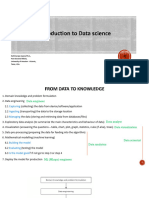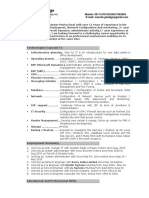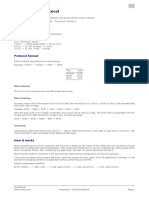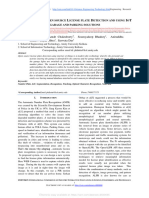0% found this document useful (0 votes)
23 views13 pagesData Science Requirements
The document outlines the essential system requirements for establishing a robust data science environment, covering hardware, software, network, and data needs. It emphasizes the importance of components such as CPU, RAM, storage, and GPUs, as well as software tools like Python, R, and various libraries. Best practices for data management and environment setup are also discussed to enhance productivity in data-driven projects.
Uploaded by
alkurt1988Copyright
© © All Rights Reserved
We take content rights seriously. If you suspect this is your content, claim it here.
Available Formats
Download as PDF, TXT or read online on Scribd
0% found this document useful (0 votes)
23 views13 pagesData Science Requirements
The document outlines the essential system requirements for establishing a robust data science environment, covering hardware, software, network, and data needs. It emphasizes the importance of components such as CPU, RAM, storage, and GPUs, as well as software tools like Python, R, and various libraries. Best practices for data management and environment setup are also discussed to enhance productivity in data-driven projects.
Uploaded by
alkurt1988Copyright
© © All Rights Reserved
We take content rights seriously. If you suspect this is your content, claim it here.
Available Formats
Download as PDF, TXT or read online on Scribd
/ 13


































































































